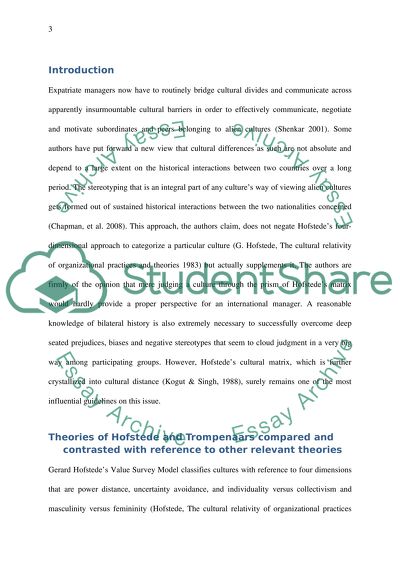Cite this document
(“International Context of HRM- Individual Project (3000 words) Essay”, n.d.)
Retrieved from https://studentshare.org/environmental-studies/1404816-international-context-of-hrm-individual-project
Retrieved from https://studentshare.org/environmental-studies/1404816-international-context-of-hrm-individual-project
(International Context of HRM- Individual Project (3000 Words) Essay)
https://studentshare.org/environmental-studies/1404816-international-context-of-hrm-individual-project.
https://studentshare.org/environmental-studies/1404816-international-context-of-hrm-individual-project.
“International Context of HRM- Individual Project (3000 Words) Essay”, n.d. https://studentshare.org/environmental-studies/1404816-international-context-of-hrm-individual-project.


